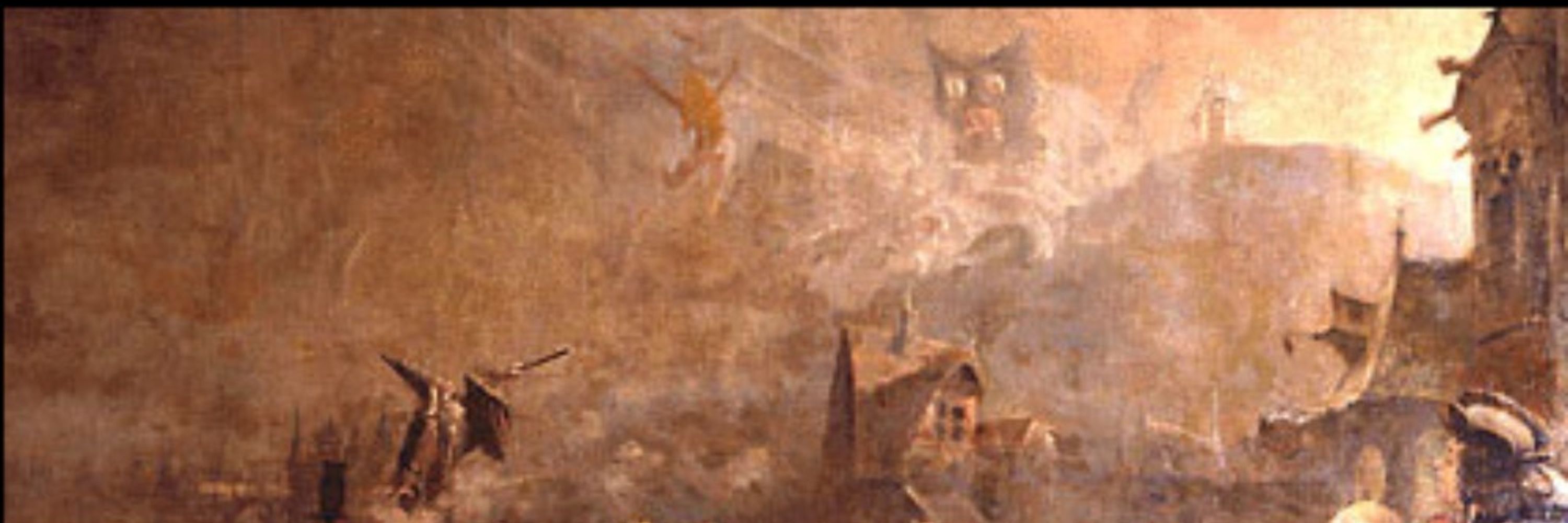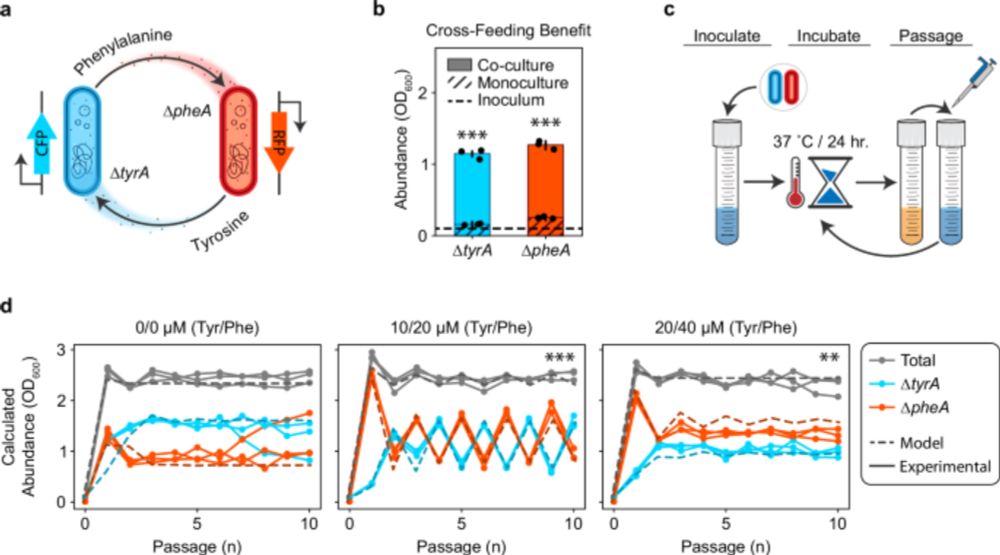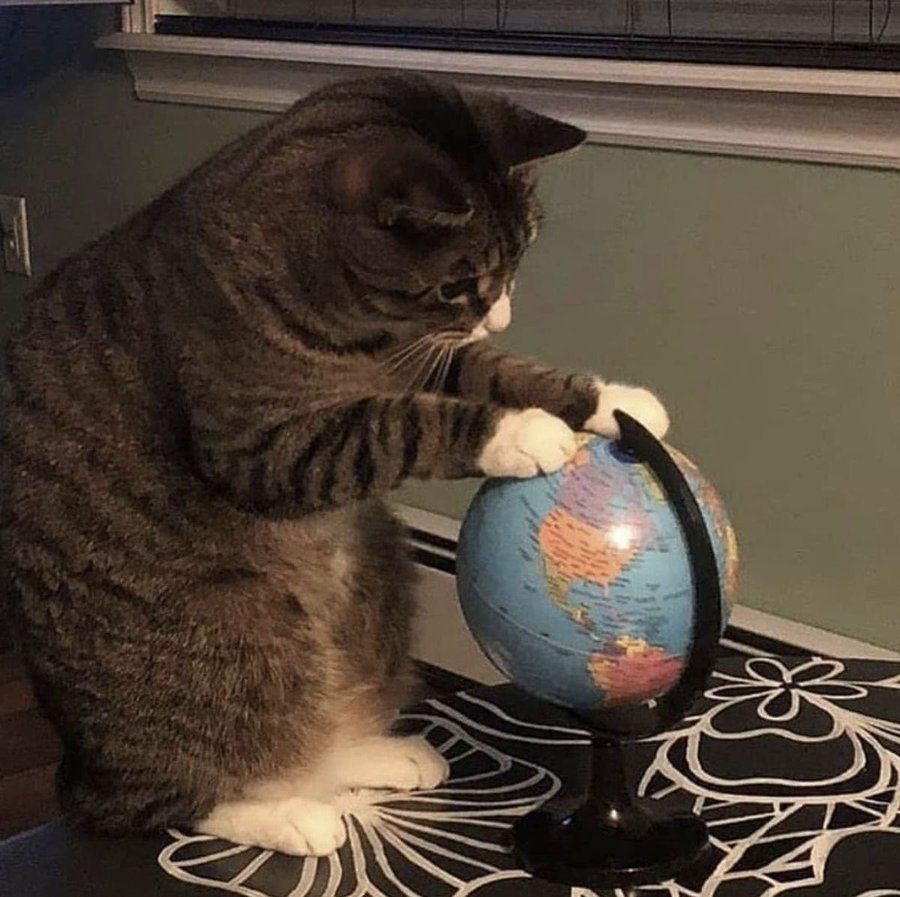Chris Klausmeier
@chrisklausmeier.bsky.social
3.5K followers
350 following
190 posts
Professor of Theoretical Ecology, Kellogg Biological Station, Michigan State University
Posts
Media
Videos
Starter Packs
Reposted by Chris Klausmeier
Reposted by Chris Klausmeier
Reposted by Chris Klausmeier
Reposted by Chris Klausmeier
Reposted by Chris Klausmeier
Reposted by Chris Klausmeier
Reposted by Chris Klausmeier
Reposted by Chris Klausmeier
Reposted by Chris Klausmeier
Reposted by Chris Klausmeier
Reposted by Chris Klausmeier
Reposted by Chris Klausmeier
Reposted by Chris Klausmeier
Reposted by Chris Klausmeier
Reposted by Chris Klausmeier
Reposted by Chris Klausmeier














